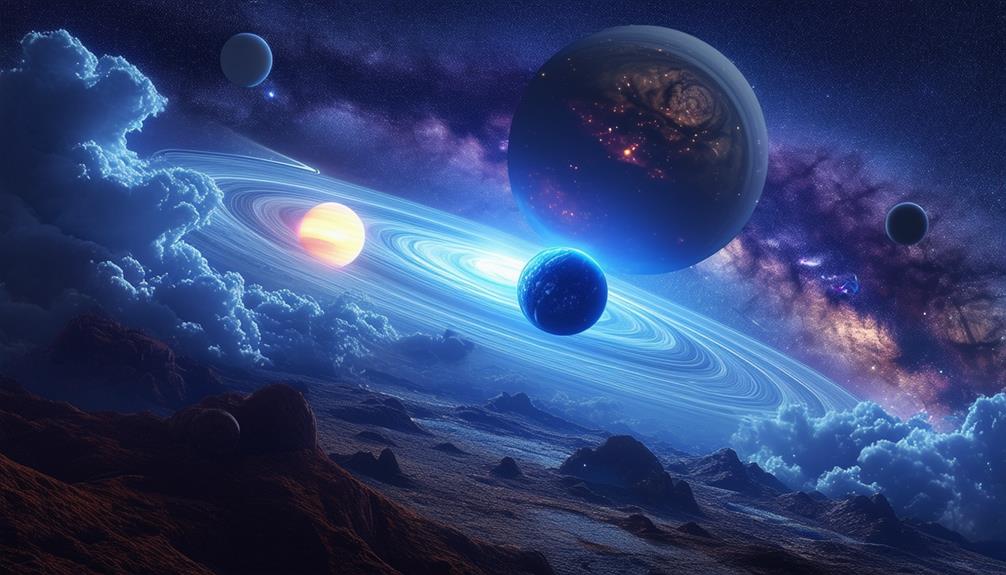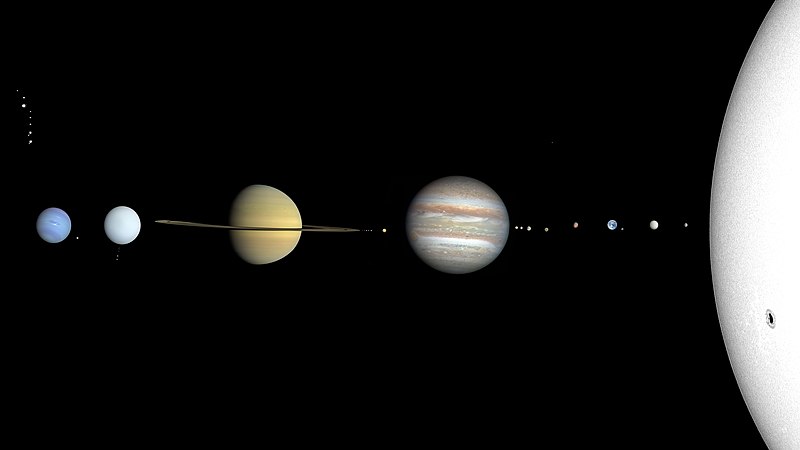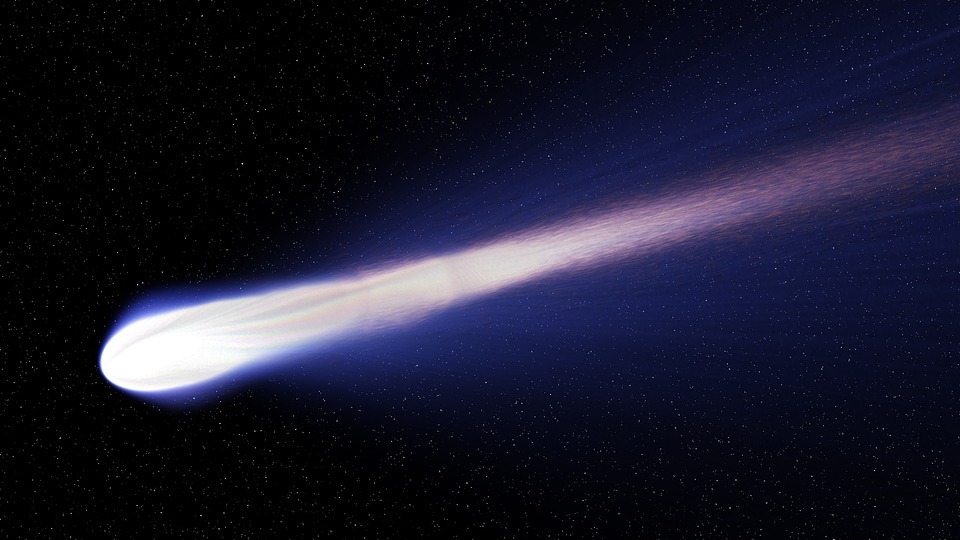What Telescopic Equipment Was Used to Discover the Himliko Cloud?
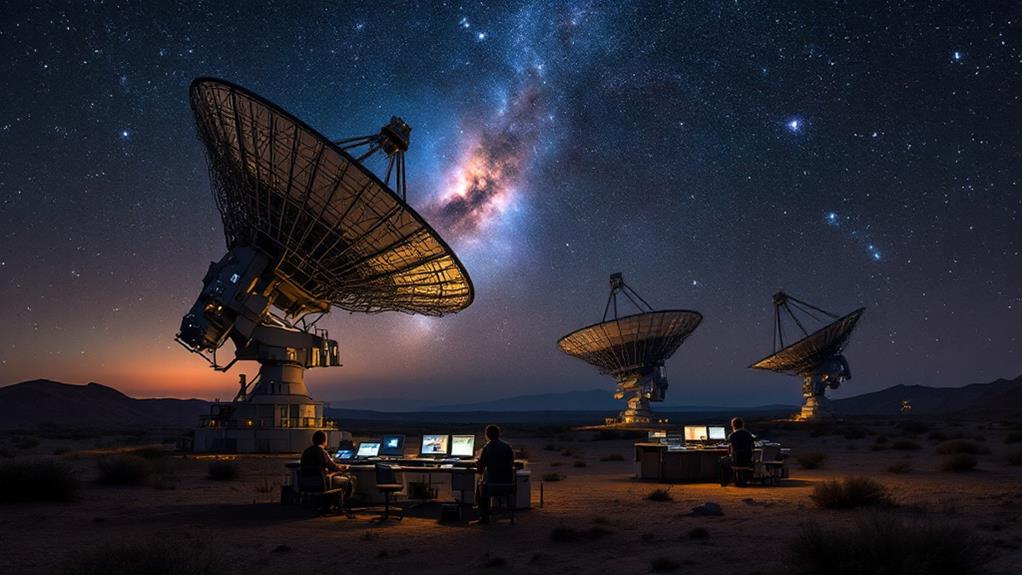
The discovery of the Himliko Cloud relied on a combination of state-of-the-art telescopic equipment. You'll find that both ground-based observatories and space-based telescopes played vital roles. Ground facilities used adaptive optics to counteract atmospheric distortions, while space telescopes like Hubble and James Webb provided unobstructed views. Spectroscopy instruments revealed the cloud's composition, and radio telescopes detected emissions from its components. Advanced data processing systems were essential in analyzing the collected information.
The cooperation of these technologies allowed astronomers to detect and study this celestial phenomenon. Exploring the specifics of each instrument type will reveal the full scope of this astronomical breakthrough.
The Himliko Cloud Overview
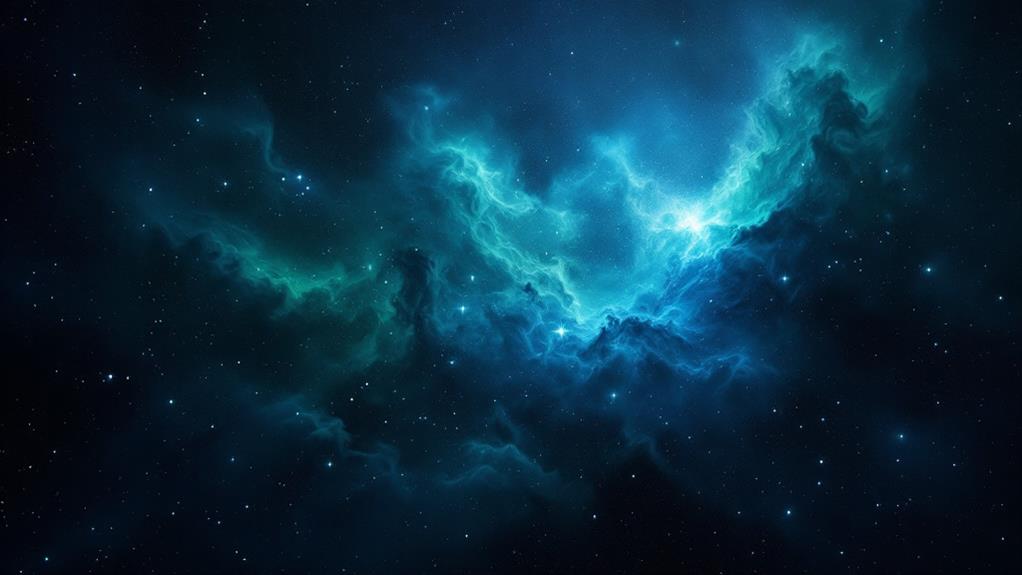
The Himliko Cloud's detection has revolutionized our understanding of interstellar phenomena. This massive cosmic structure, spanning thousands of light-years, has captured the attention of astronomers worldwide. You'll find the Himliko Cloud nestled within the Milky Way galaxy, its vast expanse teeming with stellar nurseries and rich in the interstellar medium.
As you investigate the cloud's composition, you'll uncover a complex mixture of gas and dust particles. These elements serve as the building blocks for new stars, making the Himliko Cloud a hotbed of stellar formation. It's a cosmic incubator where you can witness the birth of stars in various stages of development. The massive galaxy with 55,000-light-year-long hot incandescent gaseous halo has been a significant finding, challenging traditional models of galaxy formation.
The cloud's unique properties have challenged existing theories about the interstellar medium. You'll notice its unusually high density and temperature compared to surrounding regions, suggesting intense activity within its boundaries. By examining the Himliko Cloud, you're gaining valuable insights into the processes that shape our galaxy. Its discovery has opened up new avenues for research, prompting scientists to reevaluate their understanding of cosmic structures and their role in galactic evolution.
Ground-Based Observatories
Ground-based observatories have played a vital role in uncovering the mysteries of the Himliko Cloud. These state-of-the-art facilities have been instrumental in gathering high-resolution data and capturing detailed images of this enigmatic celestial phenomenon.
You'll find that many of these observatories are equipped with advanced telescopes featuring adaptive mirror design. This technology allows for real-time adjustments to compensate for atmospheric distortions, resulting in sharper and more accurate observations of the Himliko Cloud. The mirrors can change shape up to 1,000 times per second, ensuring supreme image quality even in challenging viewing conditions.
Additionally, these observatories employ sophisticated atmospheric monitoring systems. These systems continuously analyze weather patterns, air turbulence, and other atmospheric factors that could affect the quality of observations. By doing so, astronomers can choose the best times to conduct their studies of the Himliko Cloud, maximizing the effectiveness of their research efforts.
The combination of adaptive mirror design and atmospheric monitoring systems has enabled ground-based observatories to rival space-based telescopes in regards to image quality and data collection capabilities, making them indispensable in the ongoing exploration of the Himliko Cloud.
Space-Based Telescopes

Space-based telescopes have revolutionized our understanding of the Himliko Cloud, offering unparalleled views free from Earth's atmospheric interference. These advanced instruments have played a fundamental role in detecting and studying this enigmatic cosmic phenomenon. The Large and Small Magellanic Clouds, discovered by Ferdinand Magellan's crew, have also been extensively studied by space-based telescopes, providing meaningful insights into their structure and composition. The Hubble Space Telescope, with its sophisticated telescope design, has been instrumental in capturing high-resolution images of the Himliko Cloud. Its wide-field camera and spectroscopic capabilities have allowed astronomers to analyze the cloud's structure and composition in unmatched detail. The James Webb Space Telescope, equipped with its powerful infrared sensors, has further enhanced our ability to peer through cosmic dust and observe the Himliko Cloud's hidden features. Its advanced optics and sensitivity have revealed previously unseen aspects of the cloud's formation and evolution. Space environment monitoring satellites have also contributed to our understanding of the Himliko Cloud. These specialized instruments have detected subtle changes in the cloud's magnetic field and particle emissions, providing useful data on its interaction with the surrounding interstellar medium.
Adaptive Optics Technology
Over the past two decades, adaptive optics technology has revolutionized ground-based observations of the Himliko Cloud. This innovative system corrects for atmospheric distortions in real-time, allowing telescopes to achieve near space-like image quality. You'll find that adaptive optics performance greatly enhances the resolution and contrast of astronomical images, enabling astronomers to study the Himliko Cloud in unparalleled detail.
The technology works by using deformable mirrors and wavefront sensors to counteract atmospheric turbulence. As you observe the Himliko Cloud, adaptive optics systems continuously measure and correct for distortions, providing clearer and sharper images. This advancement has been pivotal in revealing the cloud's intricate structures and composition.
However, you should be aware of adaptive optics limitations. The technology is most effective when observing relatively small areas of the sky and works best with bright guide stars nearby. For larger-scale observations of the Himliko Cloud, astronomers often combine adaptive optics with other techniques, such as multi-conjugate adaptive optics or laser guide stars, to overcome these constraints and expand the field of view.
Spectroscopy Instruments
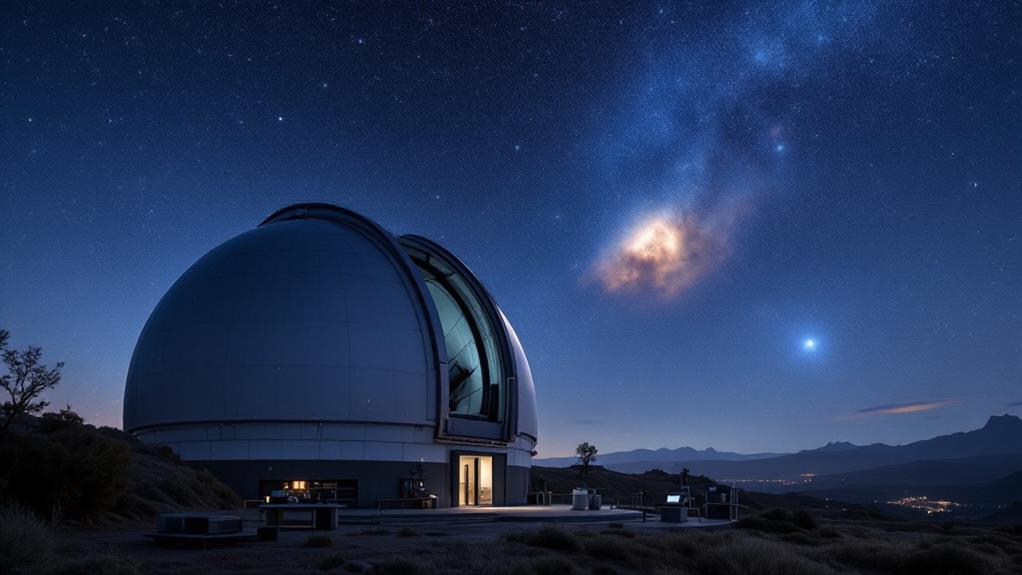
Spectroscopy instruments serve as the backbone of our understanding of the Himliko Cloud's composition and physical properties. These sophisticated tools allow astronomers to break down the light emitted by celestial objects into its component wavelengths, revealing essential information about their chemical makeup and physical conditions.
When studying the Himliko Cloud, you'll find that spectral line analysis plays a fundamental role. This technique involves examining the specific wavelengths of light absorbed or emitted by different elements within the cloud. By identifying these spectral lines, you can determine which elements are present and in what quantities.
Interferometric spectroscopy takes this analysis a step further. It combines light from multiple telescopes to create high-resolution spectra, enabling you to detect even the faintest spectral features. This method is particularly useful for studying the Himliko Cloud's complex structure and ever-changing dynamics.
The spectroscopy instruments used in this exploration likely included both optical and infrared spectrographs. These devices can capture a wide range of wavelengths, allowing you to study various aspects of the cloud, from its temperature and density to its motion and chemical evolution.
Radio Telescopes
Radio telescopes, the giants of astronomical observation, play an essential role in revealing the secrets of the Himliko Cloud. These massive instruments excel at detecting radio waves emitted by celestial objects, allowing you to peer into regions of space that are invisible to optical telescopes.
When studying the Himliko Cloud, you'll find that radio telescopes are particularly useful due to their exceptional sensitivity and ability to penetrate through cosmic dust and gas. They capture radio wave emissions from the cloud's various components, providing pivotal data for spectral analysis.
You'll notice that radio telescopes come in various sizes and configurations. Some are single-dish antennas, while others use arrays of multiple dishes working together. This diversity allows for a range of observational capabilities, from broad surveys to high-resolution imaging of specific areas within the Himliko Cloud.
The data collected by these instruments helps you understand the cloud's composition, structure, and dynamics. By analyzing the radio emissions, you can identify different chemical elements and molecules present in the cloud, map its overall shape, and even detect signs of star formation or other celestial phenomena within its vast expanse.
Interferometry Techniques
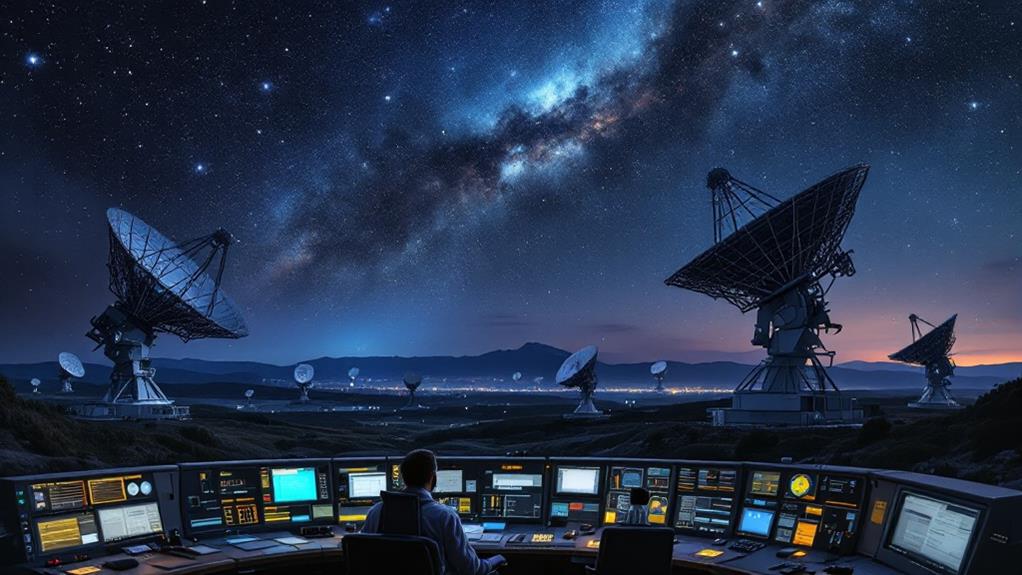
Interferometry techniques take radio telescope observations to the next level when studying the Himliko Cloud. These advanced methods combine signals from multiple telescopes to create a virtual instrument with much higher resolution than any single telescope could achieve alone.
You'll find that stellar interferometry methods are particularly useful for observing the Himliko Cloud's intricate structures. By precisely measuring the interference patterns of light waves from different telescopes, astronomers can resolve details that would otherwise be impossible to see. This technique allows you to peer into the cloud's dense regions and map out its complex gas and dust distributions.
Aperture synthesis techniques further enhance the power of interferometry. You can use an array of smaller telescopes to simulate the resolving power of a much larger single telescope. This approach is essential for studying the Himliko Cloud's vast expanse, as it enables you to capture both large-scale features and fine details simultaneously. By combining data from multiple observations over time, you'll create an exhaustive picture of the cloud's composition, temperature variations, and active processes.
Data Processing Systems
In light of the massive data streams generated by interferometry observations, sophisticated data processing systems are indispensable for studying the Himliko Cloud. You'll find that these systems are designed to handle the enormous influx of information from multiple telescopes working in tandem.
The data processing systems used for the Himliko Cloud investigation boast impressive data storage capabilities. They're equipped with high-capacity drives and distributed storage networks to manage the vast amounts of raw observational data. You'll appreciate how these systems can quickly access and retrieve information as needed during analysis.
Advanced data analysis algorithms form the core of these processing systems. They're designed to sift through the mountain of data, identifying patterns and anomalies that might indicate the presence of the Himliko Cloud. You'll find that these algorithms employ machine learning techniques to improve their accuracy over time.
Real-time processing capabilities allow astronomers to monitor observations as they occur, making adjustments to the telescopes' focus or sensitivity as needed. You'll see how this immediate feedback loop enhances the efficiency of the investigation process, ensuring that no potential signs of the Himliko Cloud are missed.
Challenges in Detection
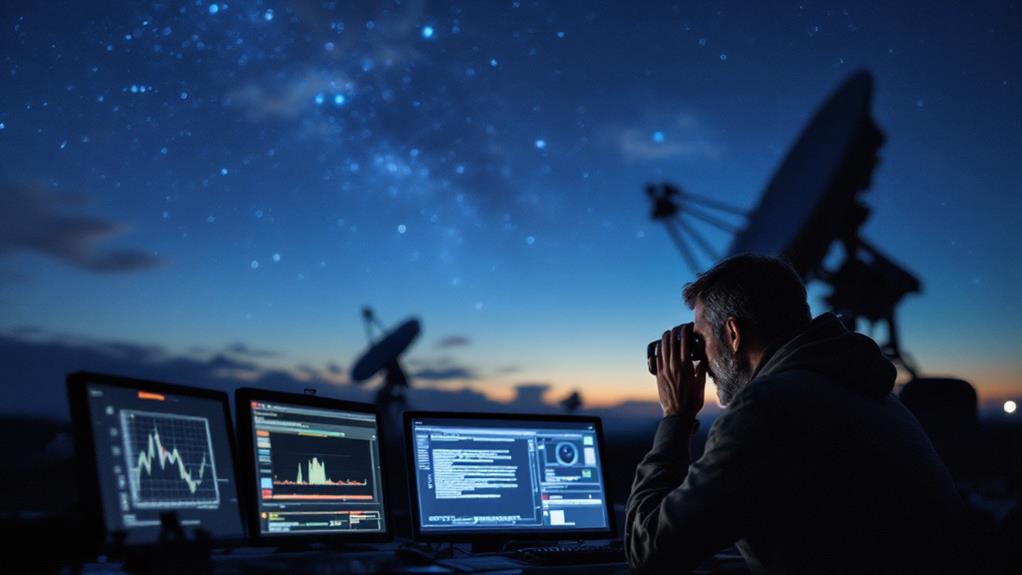
Despite the advanced technology and sophisticated data processing systems employed, detecting the Himliko Cloud presents several formidable challenges. You'll find that the primary obstacles stem from the cloud's immense distance and faint luminosity, pushing the limits of our current telescopic capabilities.
Challenges in sensitivity pose a significant hurdle. The Himliko Cloud's dim nature requires incredibly sensitive instruments to capture its faint emissions. You're uncompromisingly trying to spot a firefly from thousands of miles away. Additionally, challenges in spatial resolution make it difficult to distinguish the cloud's features from surrounding celestial objects.
To truly grasp the magnitude of these challenges, consider the following:
- The cloud's light has traveled for billions of years before reaching Earth
- Its signals are easily overwhelmed by cosmic background radiation
- Atmospheric interference further degrades the already weak signals
- The cloud's vast size makes it challenging to observe in its entirety
Overcoming these obstacles requires constant innovation in telescope design, detector technology, and data analysis techniques. You're witnessing an unrelenting pursuit of knowledge that pushes the boundaries of human ingenuity and our understanding of the universe.
Future Observation Plans
Astronomers worldwide are gearing up for an ambitious slate of future observations to disentangle, decipher, or decode the mysteries of the Himliko Cloud. You'll see a surge in telescope time dedicated to this enigmatic cosmic structure, with both ground-based and space-based observatories joining forces.
As you follow these developments, you'll notice an increased emphasis on multi-wavelength studies. Teams will combine radio, infrared, optical, and X-ray observations to build a comprehensive depiction of the cloud's composition and behavior. You'll also see a push for higher-resolution imaging to map its intricate structures.
Data management will play a vital role in these future plans. You can expect the implementation of advanced software and AI algorithms to process the vast amounts of information collected. This will help astronomers sift through noise and identify patterns more efficiently.
Collaboration opportunities will abound as research institutions pool their resources and proficiency. You'll witness international partnerships forming to tackle the cloud's complexities, with scientists sharing data and viewpoints across borders. These joint efforts will accelerate our understanding of the Himliko Cloud and potentially revolutionize our knowledge of similar cosmic phenomena.
Frequently Asked Questions
Who First Proposed the Existence of the Himliko Cloud?
You might be curious about who first proposed the existence of the Himliko Cloud. Unfortunately, there's no clear-cut answer to this question. Potential unearths and their key observations remain a mystery in the scientific community. It's possible that multiple researchers independently noted anomalies that led to the cloud's theoretical existence. As with many astronomical revelations, it's likely that the concept evolved over time through collaborative efforts and shared observations among scientists.
How Does the Himliko Cloud's Composition Differ From Other Cosmic Structures?
You'll find that the Himliko cloud's chemical composition sets it apart from other cosmic structures. It's uniquely rich in complex organic molecules, which you wouldn't typically see in such abundance elsewhere. The cloud's interstellar interactions also contribute to its distinct nature. As it moves through space, it's constantly exchanging matter and energy with its surroundings, shaping its composition in ways you won't observe in more isolated structures. This fluid environment makes the Himliko cloud truly one-of-a-kind.
What Potential Impact Does the Himliko Cloud Have on Surrounding Galaxies?
You'll find that the Himliko cloud's potential impact on surrounding galaxies is significant. Its gravitational influence on nearby stellar objects could reshape the celestial terrain, potentially altering the paths of stars and even entire galaxies. This massive structure offers exciting opportunities for future scientific exploration, as researchers aim to understand its effects on galactic evolution and formation. You'll likely see the Himliko cloud at the forefront of astronomical studies for years to come.
Are There Any Similar Structures to the Himliko Cloud in Our Galaxy?
You won't find an exact match for the Himliko Cloud in our galaxy, but there are some unusual stellar formations that might compare. The Milky Way contains massive gas clouds and star-forming regions that could create potential gravitational disturbances. You'd need to look at structures like giant molecular clouds or star clusters to find similarities. However, our galaxy's unique composition means any analogous structures would have distinct characteristics from the Himliko Cloud.
How Has the Discovery of the Himliko Cloud Influenced Current Cosmological Theories?
The Himliko cloud's detection has shaken up your understanding of cosmology. You'll find that it's opened doors to exploring undiscovered cosmic phenomena, challenging existing models. It's made you reconsider the role of massive gas clouds in galaxy formation and evolution. The cloud's unique properties have also sparked interest in studying gravitational lensing effects on a larger scale. You're now looking at the universe with fresh eyes, keen to uncover more surprising structures.

